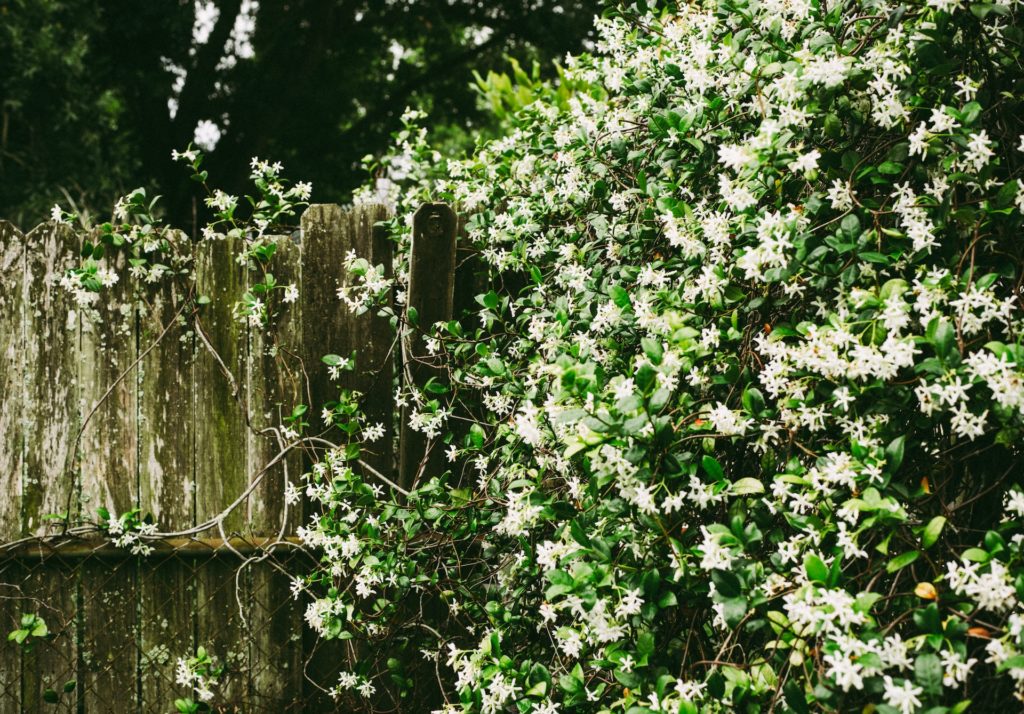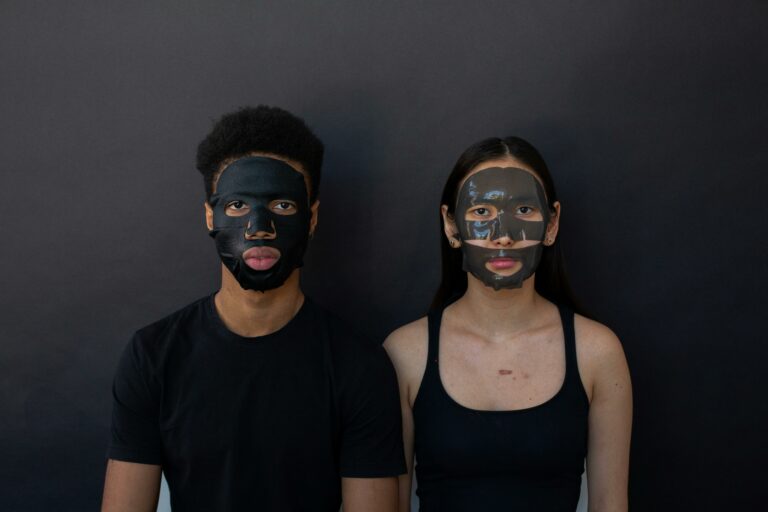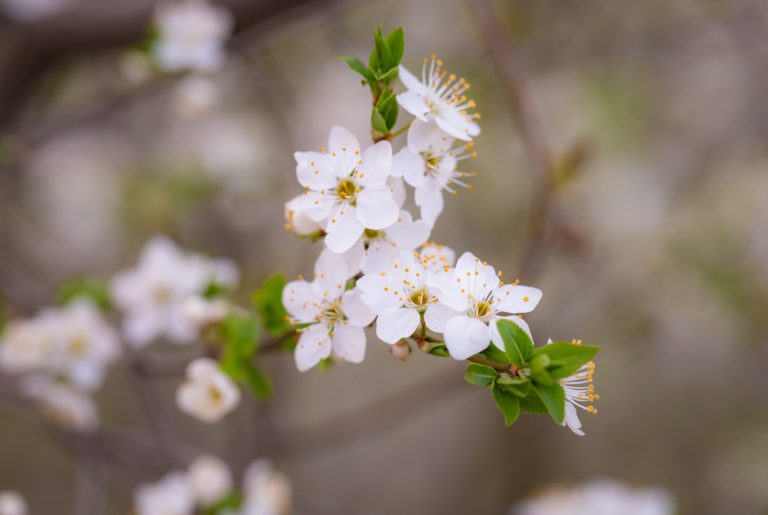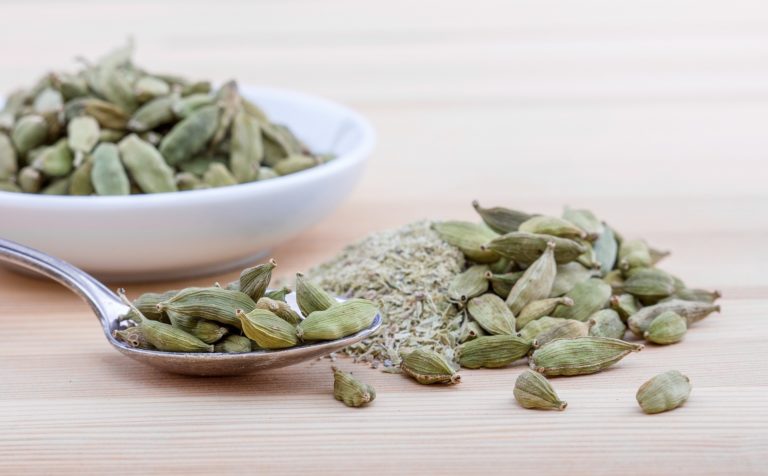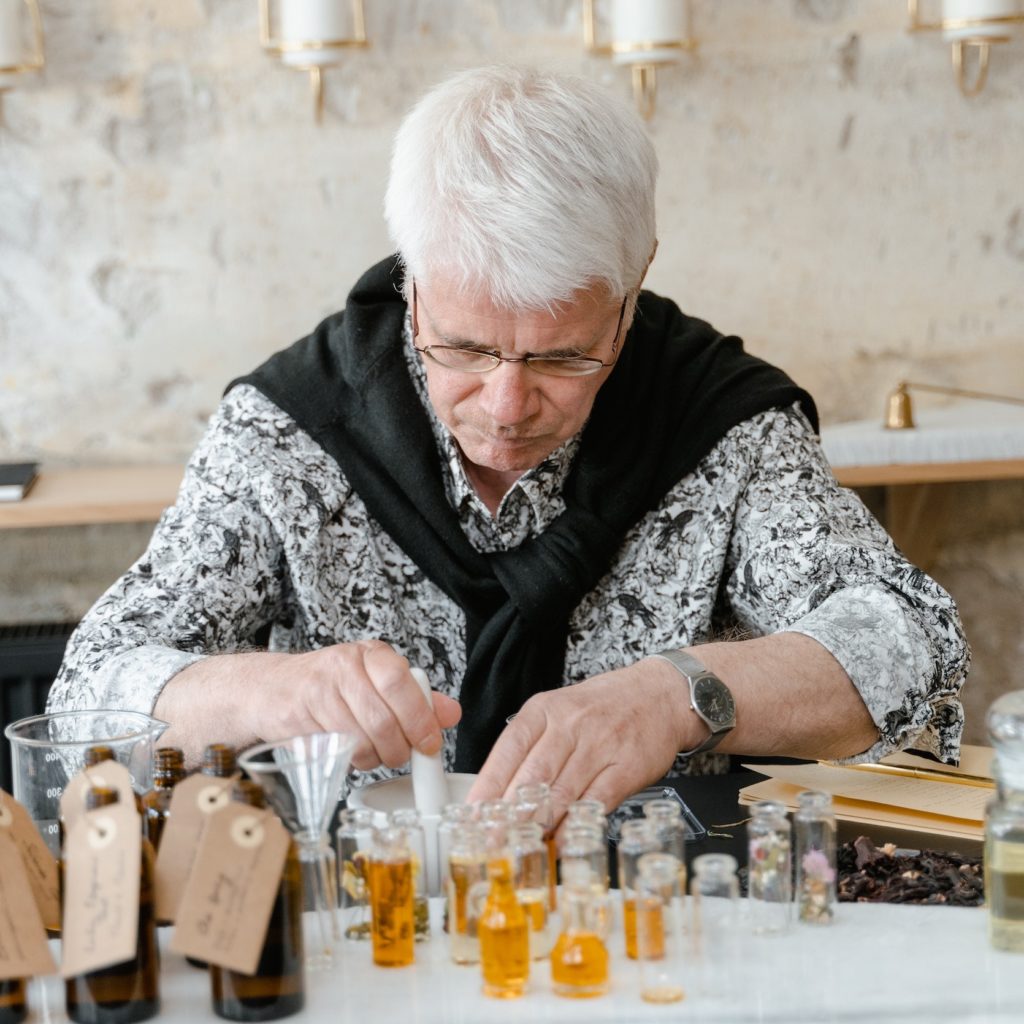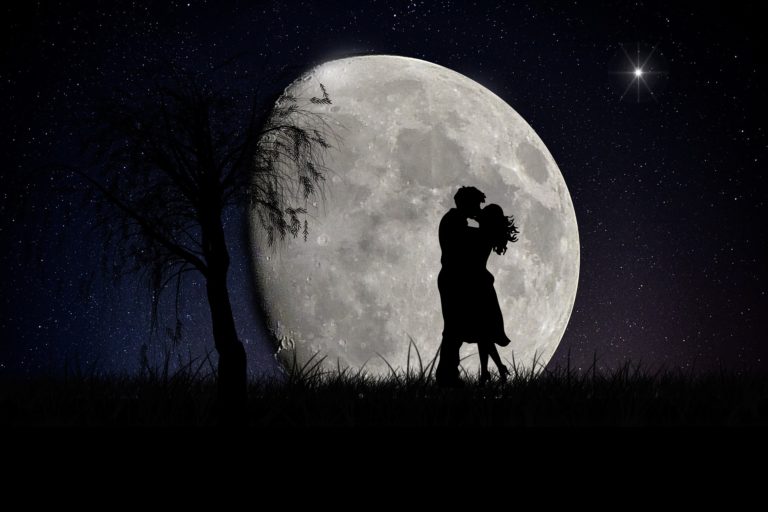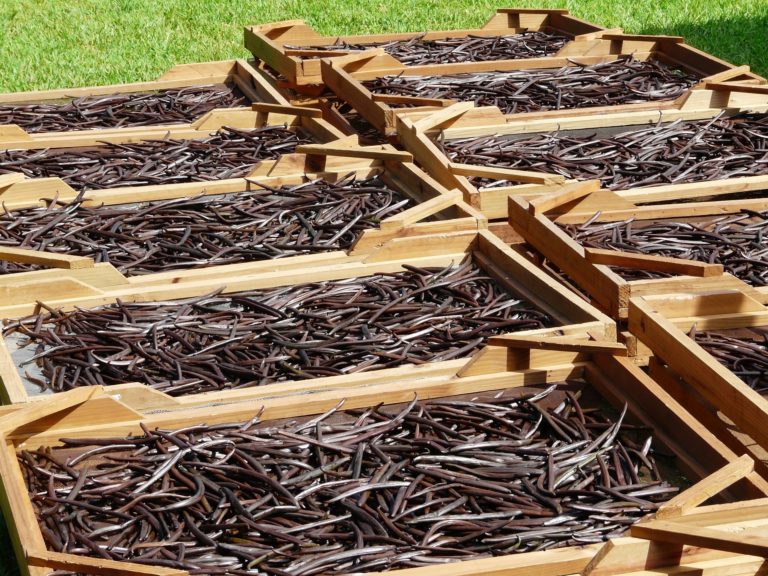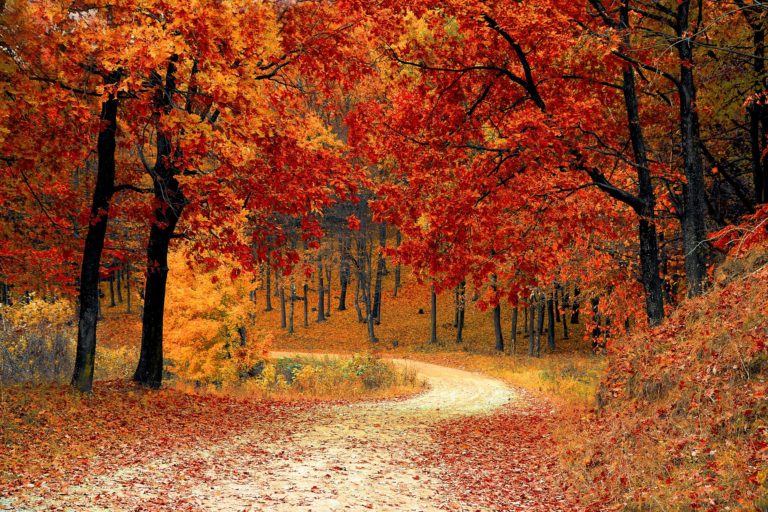A beautiful introduction to the world of white florals, jasmine is the kind of scent that floats to you on a magical breeze and leaves you spellbound. Floral, yet muskier and more animal than your typical flower, jasmine can be found in a number of perfumes for both men and women all over the world.
Seen as a symbol of feminine sensuality and love, jasmine has built itself quite a reputation. Does it live up to it? In this article, we’ll discuss what jasmine smells like, a brief history of the flower, and how jasmine is used in perfumery. Let’s jump in.
What is Jasmine?
Jasmine shares roots (see what we did there?) with the olive tree family Oleaceae. The genus Jasminum comprises over 200 varieties of shrubs and vines native to warm areas of Australia, Europe, Asia, and Africa. Jasmine is famous for its star-shaped flowers, around an inch in diameter.
Jasmine grows differently depending on the species: some are large, some are small, some are evergreens, while others drop their leaves.
Jasmine was originally a staple on the silk road in ancient China, where they used it to perfume black tea. In ancient Egypt, in the first millennium BC, Jasmine was used to perfume bath water and statues of gods. In India, its known use goes as far back as the Vedic era, where it was associated with the Hindu equivalent of Eros Kâma, the Hidu equivalent of Eros.
In the first century CE, it became a prestigious perfume for Chinese nobles of the Chang dynasty.
All this is to say that jasmine has a rich history in perfumery, and its use goes back over three thousand years. Wear a perfume with jasmine and feel confident knowing that you’re in the company of nobles, important historical figures, and Egyptian gods.
What Does Jasmine Smell Like?
As a flower, jasmine obviously smells floral. However, it’s a different sort of floral; much less clean, and much more dark. Jasmine smells sweet, floral, fruity, and multifaceted. It also smells a bit musky, which adds a wild edge and makes jasmine universally attractive. This is different from many other florals, particularly white florals (which typically smell relatively pure and unadulterated).
Different kinds of jasmine can smell different as well; for example, poet’s jasmine (or common jasmine) smells heavier than other kinds. Spanish jasmine smells creamier, while Arabian jasmine is lighter and fruitier. Twisted jasmine offers a sweeter scent that many have trouble believing comes from a flower.
Jasmine also smells warm, like close contact, and is very conducive to romantic daydreams.
Jasmine gets its unique aroma from a laundry-list of different chemicals, two of which are called indole and methyl dihydrojasmonate. Indol is particularly interesting, and lends jasmine its typical animal, sensual smell. Besides being found in the flower, it is found in human fecal matter. When taken on its own, indole doesn’t smell too great. Taken as one part of the whole, on the other hand, and you just have another interesting facet to appreciate. Interestingly, indole is a derivative of the chemical tryptophan, a derivative of serotonin. This could explain humanity’s primal reaction for jasmine.
This second chemical, methyl dihydrojasmonate, gives jasmine its freshness, that happiness inducing sparkle at the top that makes jasmine so hard to dislike. This helps cut some of the heavier elements of the flower, such as the aforementioned sweetness and musk.
How is Jasmine Used in Perfumery
Jasmine works very well as a middle and base note in perfume. That isn’t to say that it isn’t good at the top; it is, but placing it in the middle or base gives it ample time to develop and change, which makes for a more pleasing and engaging olfactory journey.
Today, jasmine is collected for perfumery through a process called solvent extraction. This is a chemical based process in which a chemical is used to extract the fragrance oils from the flower, and is used to prevent damage to the flower during the extraction process. Jasmine is very delicate and can be damaged quite easily.
Jasmine absolute is the purest form of the scent that you can get. Absolute is basically just the pure essential oil. While extremely expensive to produce, a little goes a long way.
The scent can also be synthetically produced at lower cost. However, these synthetic “reproductions” often fail to capture the full essence of this divine flower.
Men’s Fragrances With Jasmine
Jasmine is a fantastic scent addition. Known in the east as “the perfume of love,” its inclusion in a fragrance is always a good thing. Here are a few of our favorite men’s, and unisex, fragrances containing jasmine:
- Montblanc Legend EDP is a men’s cologne featuring a prominent dose of jasmine. The jasmine here comes in the middle, and allows it ample time to develop. The jasmine here mixes really well with the violet in the top and the woods in the middle, creating a mysterious, sensual scent you’d do well to sniff. Read more here.
- Amouage Reflection is a men’s scent featuring jasmine as a middle note. Packed with other florals, the jasmine has a lot of other notes to contend with. Even still, it comes off smelling real, and the blending is excellent. If you’re looking for a pure experience for men, look no further than this one here.
- Tom Ford Ombre Leather is a beautiful unisex fragrance. It’s sexy, with a dangerous edge, and takes a certain kind of person to pull it off. The jasmine here juxtaposes the leather, its muskiness helps offset the overall loudness. Read our full review here.
- Serge Lutens A La Nuit features Egyptian and Indian jasmine in this masterful creation, and it features jasmine heavily. The additional musk note helps highlight the inherent musky tones of the jasmine, while the benzoin, cloves, and honey make this an extremely unique, extremely compelling jasmine scent to check out.
- Frederic Malle Carnal Flower brings the sweetness. Jasmine, paired with tuberose, melon, and ylang-ylang, provide a sweet alluring base, while the musk adds a sensuality and the eucalyptus adds some dryness. Overall, this is one of the sexiest, loudest jasmine scents we’ve found. Read more here.
- Jean Paul Gaultier Gaultier² smells like a French perfume in the 1950s, in the best way possible. This scent draws on the warmth that jasmine lends, pairing it with sandalwood and ambergris. Learn more in our full review.
Conclusion
Jasmine smells floral, sweet, and surprisingly musky. It’s a fragrance who’s use can be tracked back 3,000 years across a number of ancient cultures. Known as a powerful aphrodisiac, its carnal sensuality make it a great addition to any fragrance.
We hope you enjoyed this article, and wish you pleasant smells in your future.

